Madhya Pradesh Switch to Hindi
Tomb of Tansen
Why in News?
The Madhya Pradesh High Court dismissed a plea to allow religious and cultural activities at Hazrat Sheikh Muhammad Ghaus’s tomb in Gwalior, stressing the need to protect the monument.
- The grave of Tansen, the legendary musician of Emperor Akbar’s court, is located on the premises of the monument.
Key Points
- High Court’s Observation:
- The Madhya Pradesh High Court reaffirmed that the tomb housing both Tansen and Hazrat Sheikh Muhammad Ghaus (a revered Sufi saint), is a protected monument of national importance under the Ancient Monuments and Archaeological Sites and Remains Act, 1958.
- The court stressed that the Archaeological Survey of India (ASI) and district administration are responsible for maintaining the site’s integrity.
- The Madhya Pradesh High Court reaffirmed that the tomb housing both Tansen and Hazrat Sheikh Muhammad Ghaus (a revered Sufi saint), is a protected monument of national importance under the Ancient Monuments and Archaeological Sites and Remains Act, 1958.
- About the Tomb:
- The tomb was constructed after the death of Sufi saint Sheikh Muhammad Ghaus and stands as one of the most remarkable monuments from Emperor Akbar’s reign (1556–1605).
- The tomb anticipates several features that later became common in Mughal architecture, particularly in eastern India.
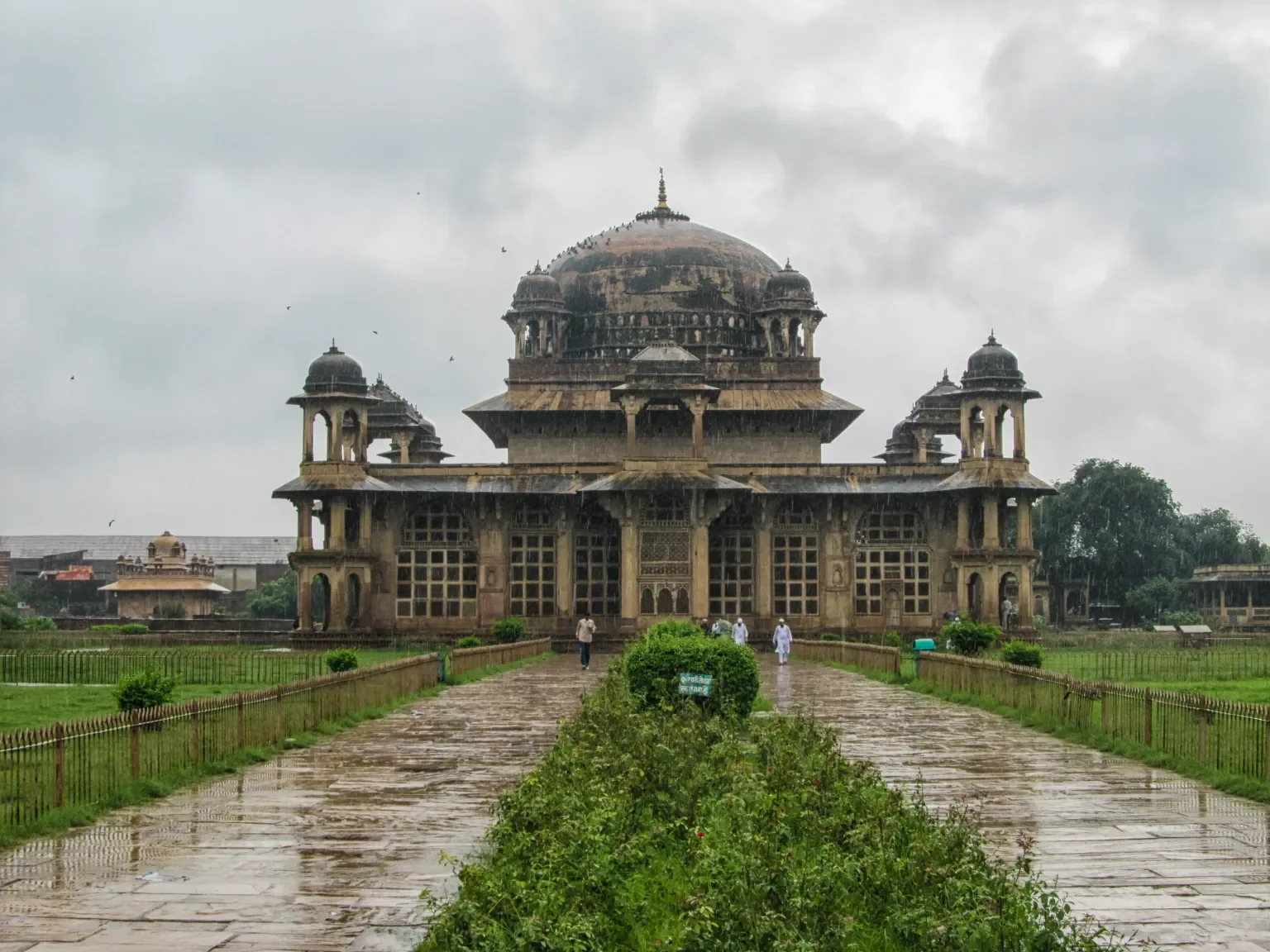
- The tomb has a square layout with a large, squat dome and flanking chhatris, giving it a layered, multi-tiered look.
- A veranda surrounds the central chamber, adorned with finely carved stone jalis (screens), reflecting the architectural influence of Gujarat.
- The design elements of this tomb influenced later Mughal-era structures, including the renowned tomb of Shaikh Salim Chishti at Fatehpur Sikri.
- About Tansen:
- Tansen was born around 1500 CE, in Gwalior, Madhya Pradesh. He later became one of the most influential figures in North Indian classical music.
- Sufi tradition describes Tansen as a disciple of Sheikh Muhammad Ghaus.
- He earned fame for his dhrupad compositions and mastery over ragas, which are melodic frameworks designed to evoke specific moods or elements of nature.
- Legends claim his singing could perform miracles—such as calming wild animals, mimicking natural sounds like birds and lions, and even altering the time of day.
- Tansen joined the court of Mughal Emperor Akbar, who deeply valued artistic talent and patronised many great minds of the era.
- He was among the celebrated navratnas or “nine gems” of Akbar’s court, a group of distinguished scholars and artists.
- In recognition of his exceptional musical talent, Akbar bestowed upon him the title Mian, meaning “Master.”
- Tansen died around 1586 or 1589 and was buried in Gwalior.
- Tansen was born around 1500 CE, in Gwalior, Madhya Pradesh. He later became one of the most influential figures in North Indian classical music.
Archaeological Sites and Remains (AMASR) Act, 1958
- The aim of the act is to protect and preserve ancient monuments for future generations.
- It applies to monuments over 100 years old in public or private ownership.
- Prohibits construction or alteration around ancient monuments without National Monuments Authority (NMA) approval.
- NMA established in accordance with the AMASR Act is responsible for the conservation and preservation of monuments and sites (and banned/restricted areas surrounding centrally designated monuments).
- NMA is responsible for implementing the AMASR Act and granting permission for construction or developmental activity within protected and regulated areas.
- The protected area is a 100-metre radius around the monument, with a regulated area extending up to 200 metres beyond that.
- Current restrictions prohibit construction within 100-metre radius of protected monuments and have strict regulations for permits in an additional 200-metre radius.
Uttarakhand Switch to Hindi
Steering Committee Meeting of Project Elephant
Why in News?
The 21st Steering Committee Meeting of Project Elephant at the Indira Gandhi National Forest Academy (IGNFA), Dehradun, chaired by Union Minister Bhupender Yadav, focused on addressing the critical issue of human-elephant conflict.
- The meeting reviewed ongoing initiatives, including action plans for conflict management, and emphasized the involvement of local communities in conservation efforts.
Key Points
- Elephant:
- Elephant is the Natural Heritage Animal of India.
- Elephants are considered a "Keystone Species" as they play a critical role in maintaining the balance and health of forest ecosystems.
- They are known for their exceptional intelligence, boasting the largest brain size of any land animal.
- The Indian elephant (Elephas maximus) is found in the central and southern Western Ghats, Northeast India, eastern India and northern India and in some parts of southern peninsular India.
- It is included in Schedule I of the Indian Wildlife (Protection) Act, 1972 and in Appendix I of the Convention on International Trade in Endangered Species of Flora and Fauna (CITES).
- Asian elephants (Indian) are classified as Endangered on the IUCN Red List due to habitat loss, human-elephant conflict, and poaching.
- Project Elephant:
- Project Elephant was launched by the Government of India in the year 1992 as a Centrally Sponsored Scheme with following objectives:
- To protect elephants, their habitat & corridors
- To address issues of man-animal conflict
- Welfare of captive elephants
- The Ministry of Environment, Forest and Climate Change provides financial and technical support to major elephant range states in the country through Project Elephant.
- Project Elephant was launched by the Government of India in the year 1992 as a Centrally Sponsored Scheme with following objectives:
- Shivalik Elephant Reserve in Uttarakhand:
- It was established in 2002 as part of the "Project Elephant" initiative.
- It's known for having one of the highest densities of elephants in India.
- The reserve encompasses several protected areas, including Rajaji National Park, Corbett Tiger Reserve, and Sonanadi Wildlife Sanctuary.
Note: World Elephant Day is observed annually on 12th August to raise awareness about the conservation status and challenges faced by Asian and African elephants in the wild.
- In 2025, the celebration will take place in Coimbatore, Tamil Nadu, where the prestigious Gaj Gaurav Awards will also be presented to honour contributions to elephant conservation.
Maharashtra Switch to Hindi
Jiyo Parsi Scheme
Why in News?
The Ministry of Minority Affairs held a one-day biometric authentication drive for Jiyo Parsi scheme beneficiaries in Mumbai, Maharashtra to support the Parsi community and address its declining population.
- The successful biometric drive reflects the government’s commitment to transparency, accountability, and timely delivery of benefits to the community.
Key Points
- About Jiyo Parsi Scheme:
- It is a Central Sector Scheme, launched in 2013-14.
- Offers financial aid for infertility treatments like surrogacy, and post-conception care.
- Provides monthly financial support to Parsi couples with children and dependent elderly members.
- Promotes early marriage, fertility awareness, and family support within the community.
- Parsi Community:
- Parsis are members of the Zoroastrian faith, which follows the teachings of the ancient Iranian prophet Zoroaster (or Zarathustra).
- The Parsis trace their ancestry to Persian Zoroastrians who migrated to India to escape religious persecution following the rise of Islam in Persia.
- Most Parsis live in Mumbai and nearby towns and villages in western India, with smaller populations in Pakistan and Karnataka.
- While not a Hindu caste, Parsis form a well-defined and close-knit religious community with a strong sense of identity and cultural heritage.
India's Minority Communities
- Minority Communities:
- The Central Government determines minority status under the National Commission for Minorities Act (NCMA), 1992, officially recognizing Muslims, Sikhs, Christians, Buddhists, Jains (added in 2014), and Zoroastrians (Parsis) as minority communities.
- Together, they constitute around 19.3% of India’s total population (Census 2011).
- Constitutional Provisions:
- Article 29 protects minorities' rights to preserve their distinct language, script, and culture, and prohibits discrimination based on religion, race, caste, or language.
- Article 30 grants minorities the right to establish and manage educational institutions.
Chhattisgarh Switch to Hindi
Education Programs for Tribal Youth in Chhattisgarh
Why in News?
NMDC Limited, India’s largest iron ore producer, has announced two significant Corporate Social Responsibility (CSR) initiatives aimed at empowering tribal youth in Chhattisgarh through fully sponsored education programs.
- These programs, ‘Balika Shiksha Yojana’ and the ‘Medical Technology Program’, focus on providing educational opportunities to tribal youth and underprivileged students from the region.
Key Points
- Balika Shiksha Yojana:
- NMDC is offering fully funded nursing education to tribal girls from Bastar, Dantewada, Sukma, Kondagaon, Bijapur, and Narayanpur districts.
- It aims to fully sponsor nursing education at prestigious institutions, investing approximately Rs 12–15 lakh per student.
- Applicants must belong to the Scheduled Tribe (ST) community.
- About Medical Technology Program:
- In partnership with Apollo University, Chittoor, NMDC is offering a fully sponsored B.Sc. programs in Allied Health Sciences for ST students from Dantewada and Bastar.
- The program includes 90 seats (60% reserved for girls, 40% for boys) in the specialised courses.
- Each selected student will receive sponsorship worth Rs 12–15 lakh, covering all academic and living expenses.
Educational Schemes for Tribals
- Scheme for the Establishment of Ashram Schools:
- The centrally sponsored scheme supports the construction of Ashram Schools for tribal boys and girls, particularly in extremism-affected tribal sub-plan areas.
- Eklavya Model Residential Schools (EMRS):
- Provides quality education for tribal children in remote areas, with 740 schools sanctioned.
- Pradhan Mantri Janjati Adivasi Nyaya Maha Abhiyan (PM-JANMAN):
- Focuses on health, education, and livelihoods for Particularly Vulnerable Tribal Groups (PVTGs).
Tribes in Chhattisgarh
- There are a total of 42 tribes in Chhattisgarh, principal among them being the Gond tribe.
- Besides, a large population of Kanwar, Brinjhwar, Bhaina, Bhatra, Uraon, Munda, Kamar, Halba, Baiga, Sanwra, Korwa, Bharia, Nageshia, Manghwar, Kharia and Dhanwar tribe are also found in the State.
Corporate Social Responsibility (CSR)
- About: CSR refers to a company’s responsibility towards society and the environment.
- It is a self-regulating model that ensures businesses remain accountable for their impact on economic, social, and environmental well-being.
- By adopting CSR, companies become more aware of their broader role in sustainable development.
- Legal Framework: India is the first country to make CSR spending mandatory under Section 135 of the Companies Act, 2013, providing a structured framework for eligible activities.
- Applicability: CSR rules apply to companies that, in the preceding financial year, have a net worth exceeding Rs 500 crore, or a turnover over Rs 1,000 crore, or a net profit above Rs 5 crore.
- Such companies must spend at least 2% of their average net profit of the last 3 financial years (or available years if newly incorporated) on CSR activities.


.png)



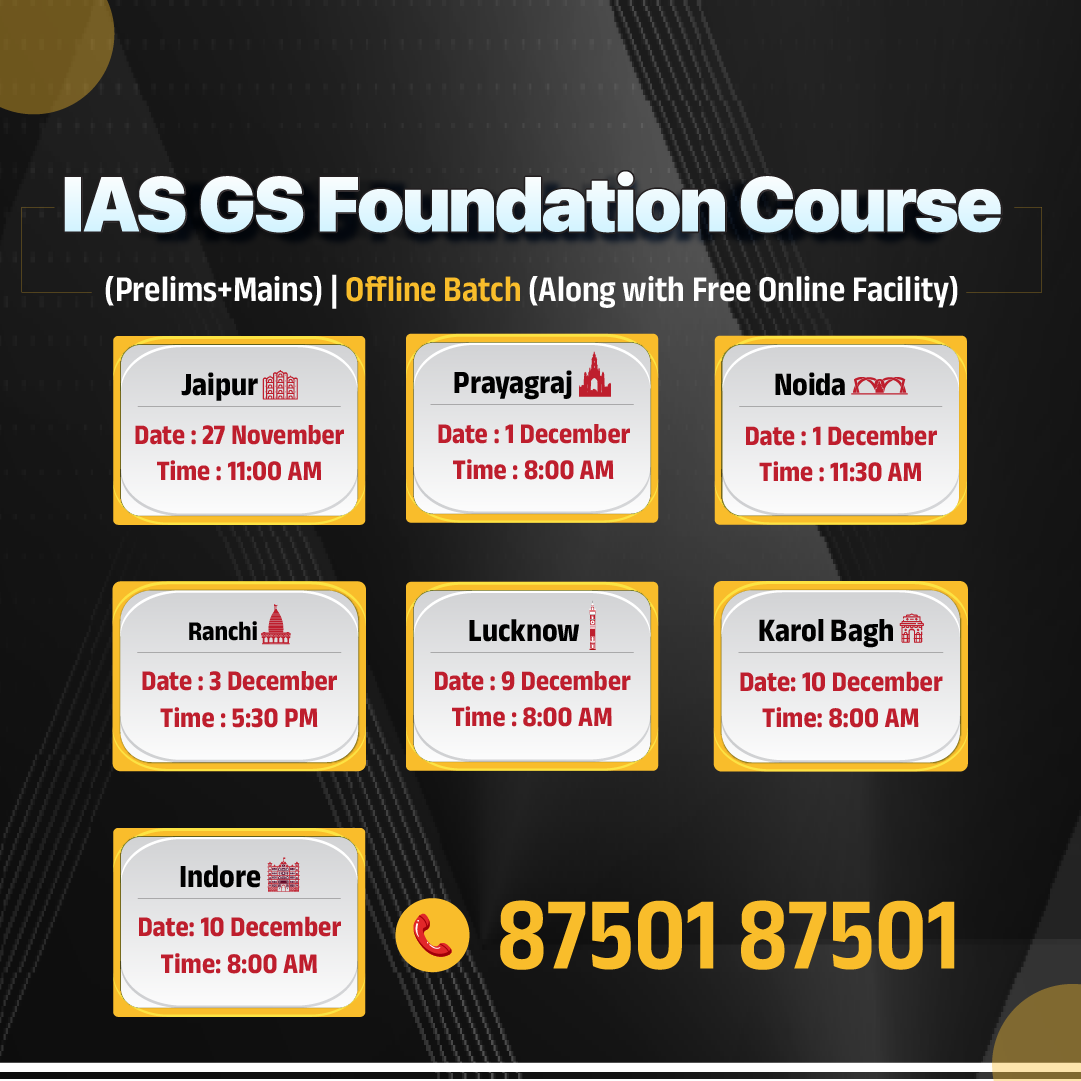
.jpg)




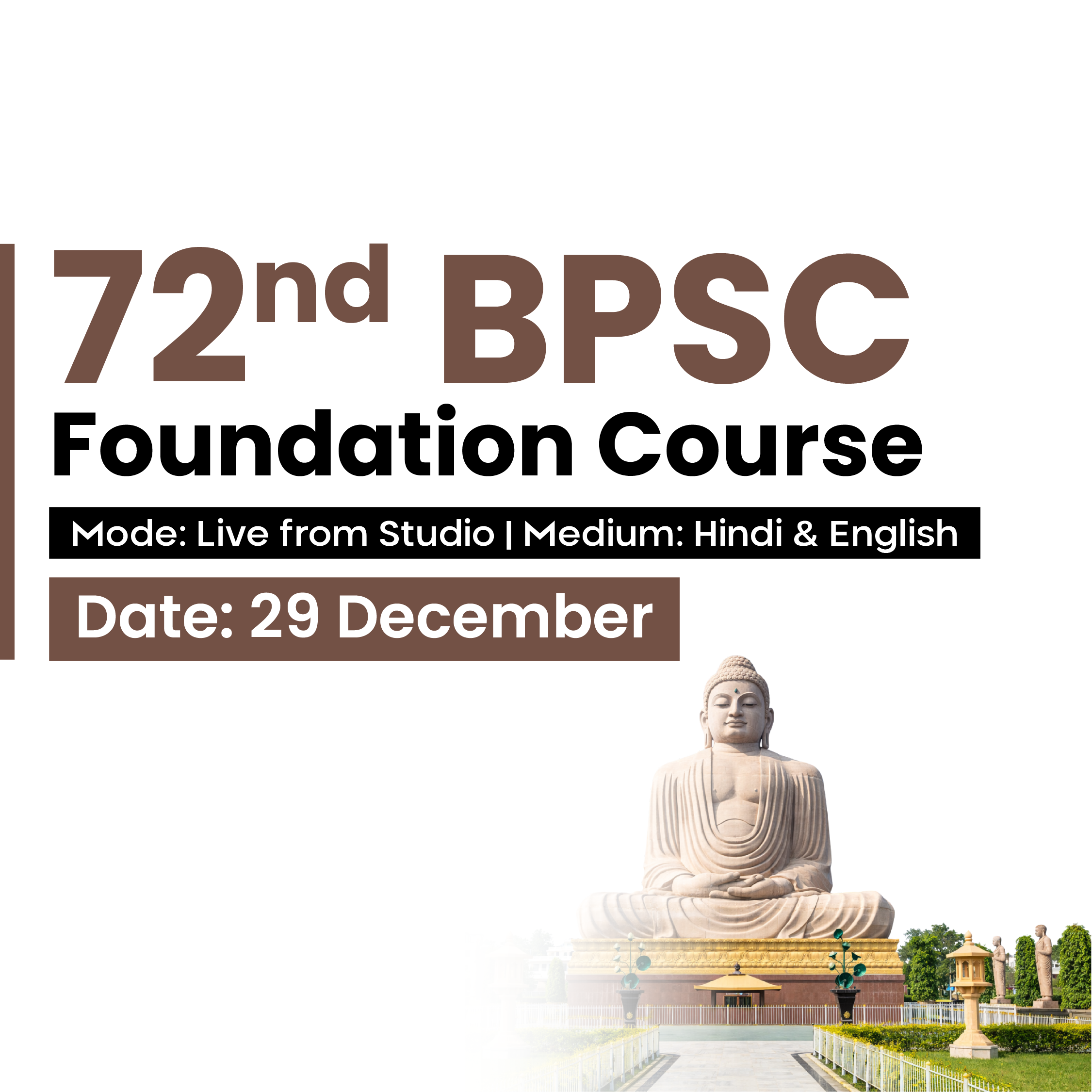







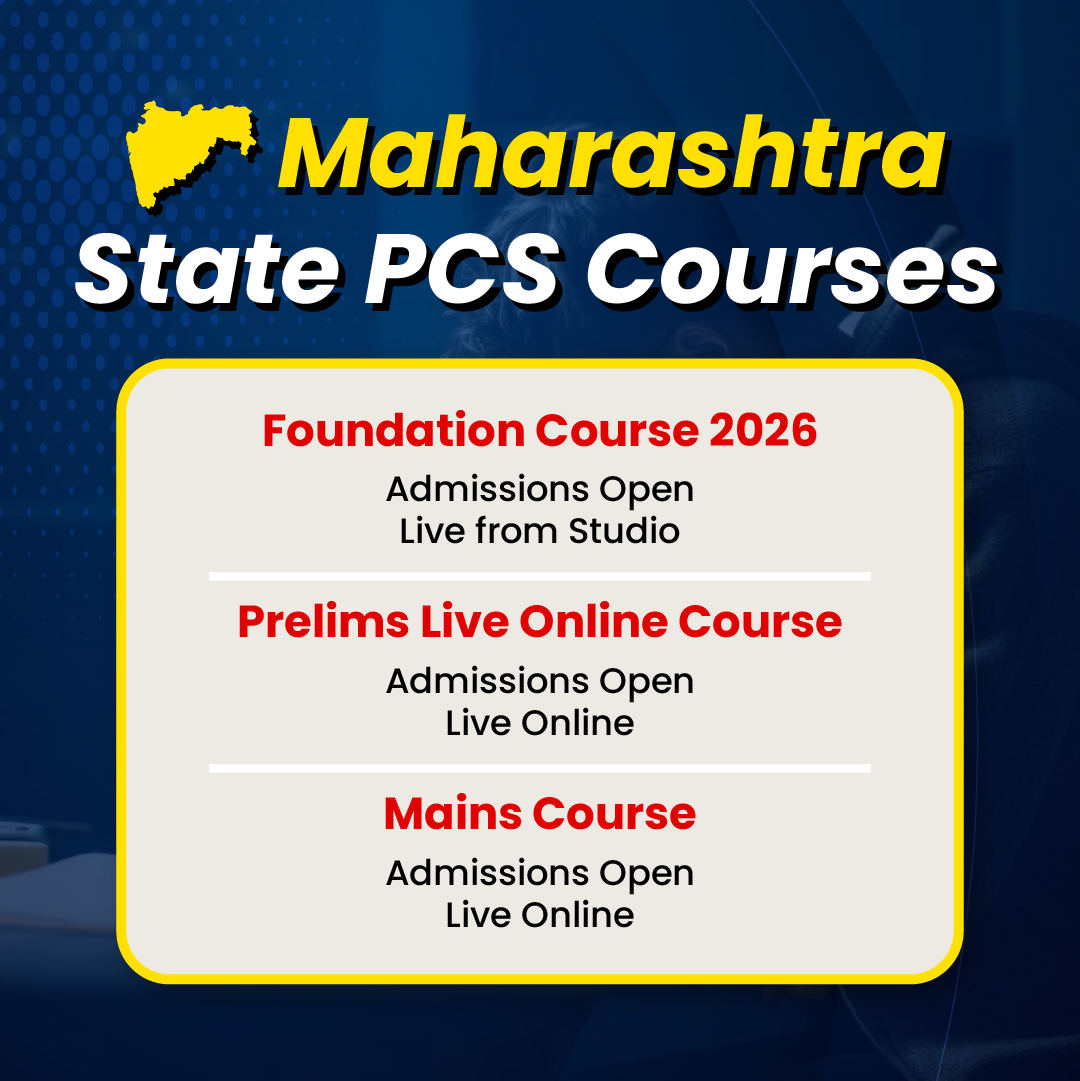

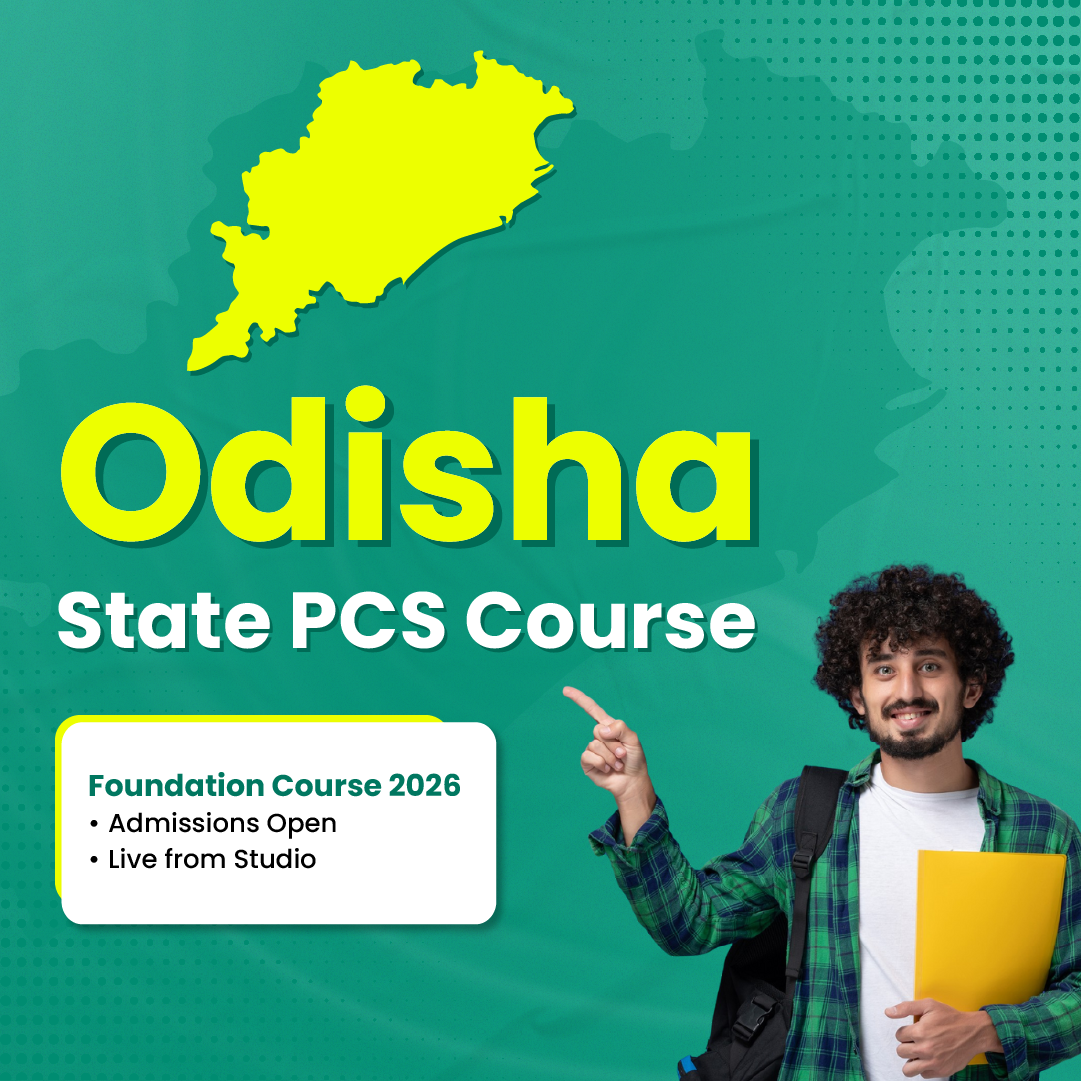



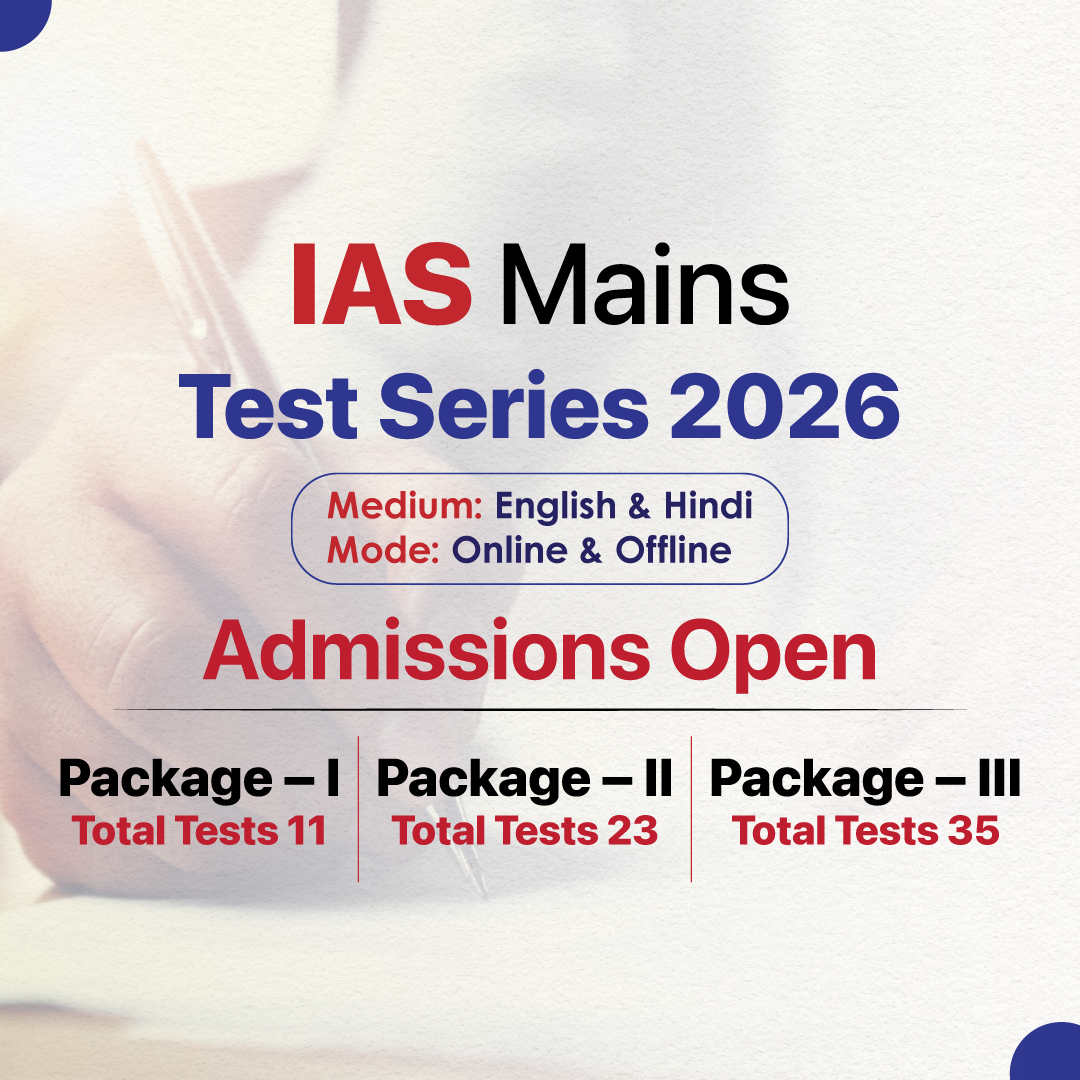




.png)
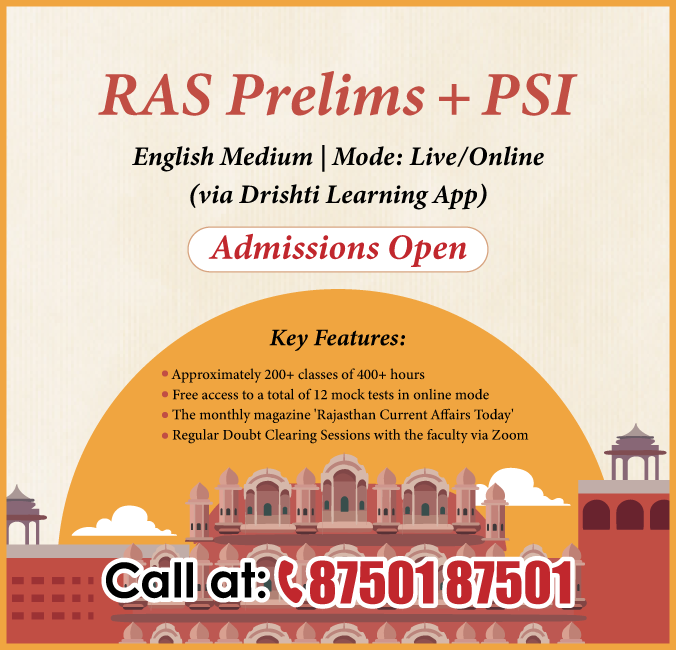

.jpg)

 PCS Parikshan
PCS Parikshan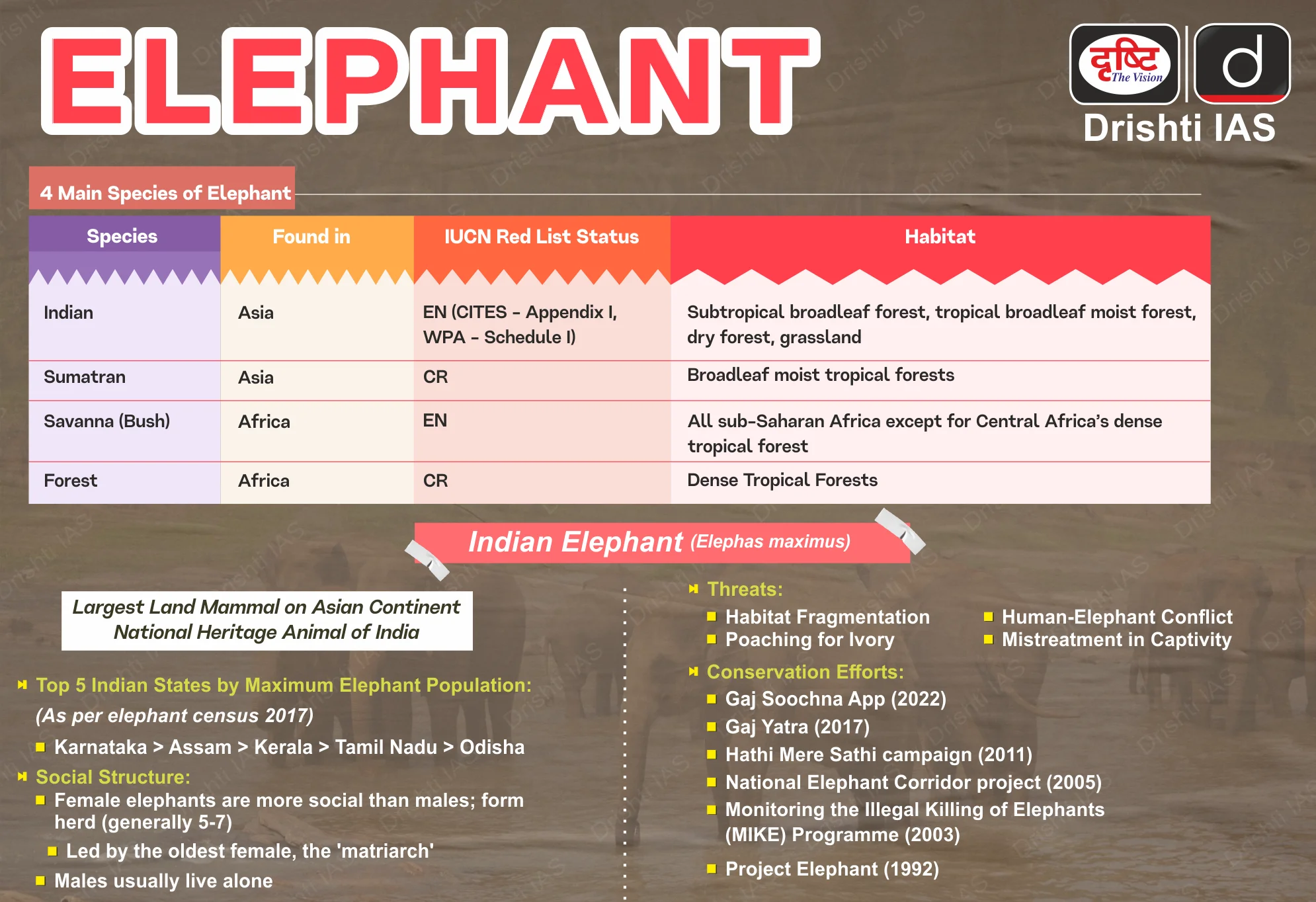
.webp)


